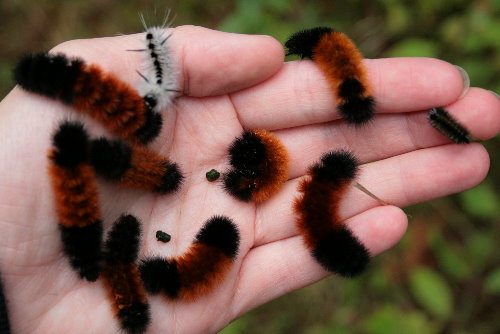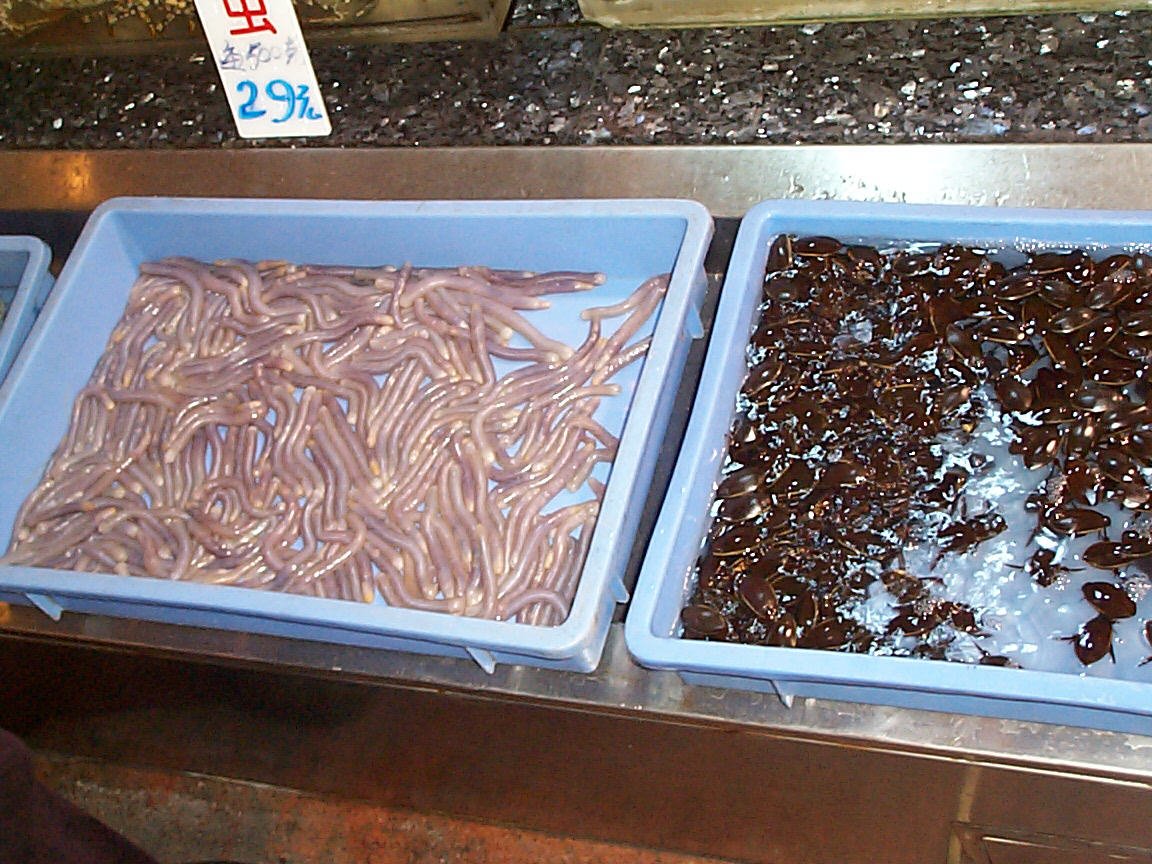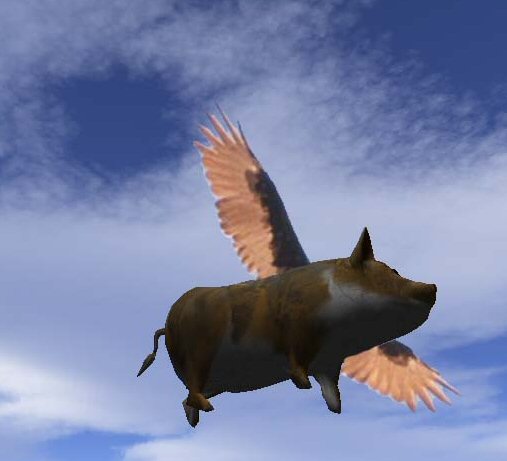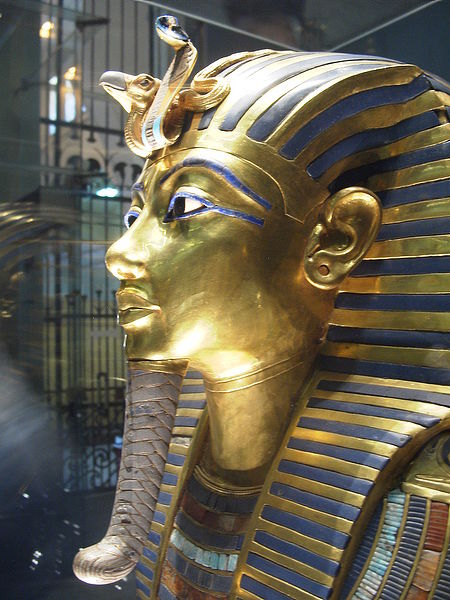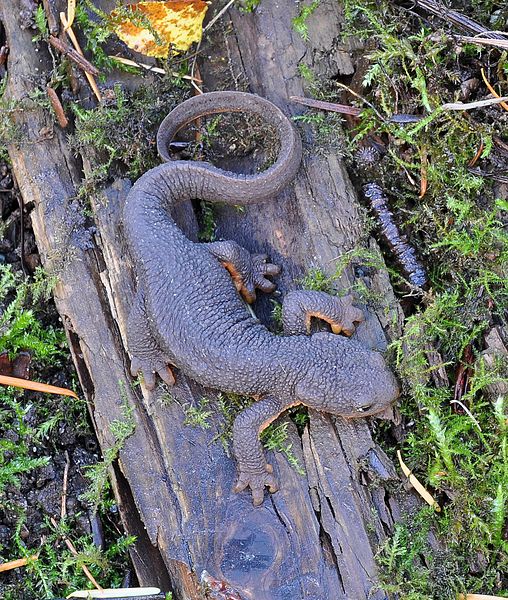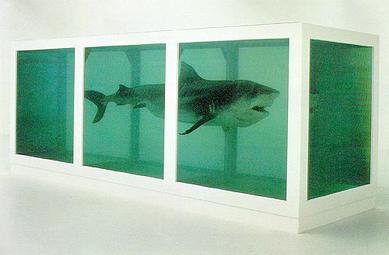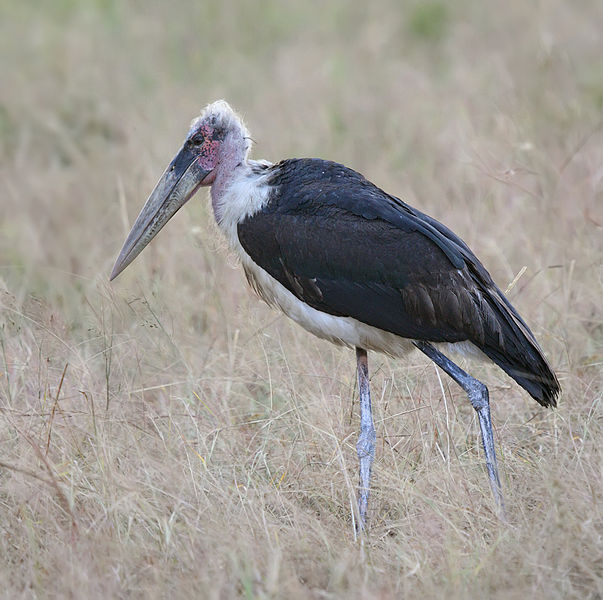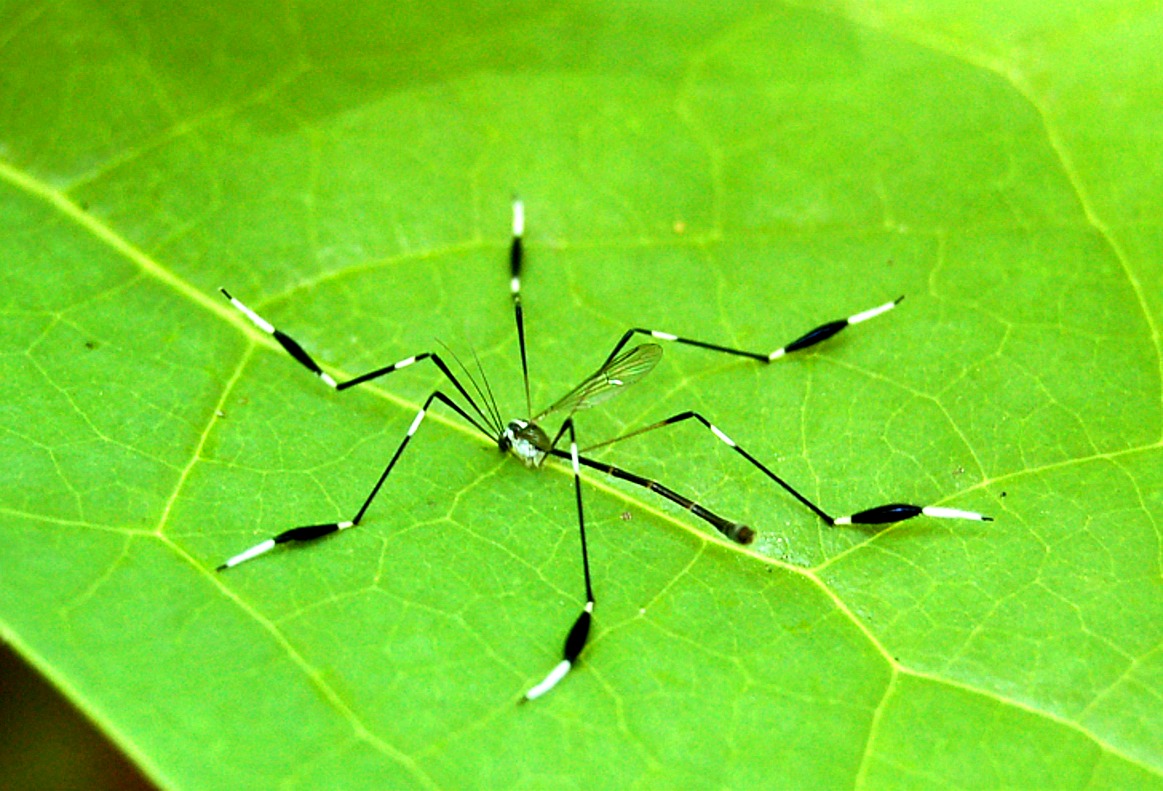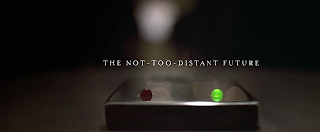Halloween has a lot of potential for bio-art. We can pick on gummi organs, gross Jell-O molds, and other such things until the zombie cows come home. Instead, I decided to go a more classic route this Halloween. Without further ado, this Halloween focuses on the first work of science fiction ever: Mary Shelley's Frankenstein.
Frankenstein was the brainchild of Mary Wollstonecraft Shelley. One rainy summer in Geneva, Switzerland, Mary Shelley, her husband Percy, and a few other writers were in a lodge and exchanged ghost stories- soon challenging each other to write their own scary stories. Mary Shelley had a waking dream where she saw a doctor reanimating the dead, then wove it into what she thought would be a short story. Frankenstein: or, The Modern Prometheus was published as her first novel two years after its conception in 1816.
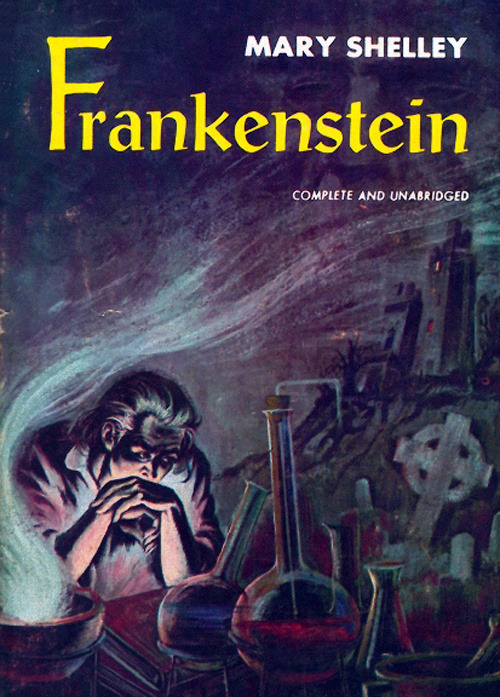
Frankenstein starts off with a sea captain, Robert Walton, on a trip to the North Pole. His goal is to look for scientific advances that will lead him to fame and fortune. (Click back to my first ever bio-art entry on Jurassic Park and tell me if any of this sounds familiar to you.) Unfortunately for him, his ship gets frozen in ice, leaving the crew to live off of rations and watch the icy nothingness outside.
While in the freezing Arctic, Walton catches a glimpse of a huge man on the ice. Another man, this time more normal in stature, is seen on the ice a bit later. The smaller man is Victor Frankenstein, who has been pursuing the monster of a man across the ice. The captain lets Victor in and promises that he will help catch the strange man.
The doctor tells Walton about his own pursuit of knowledge. Using ancient sciences, Victor Frankenstein rebuilt a human, only to realize that he had pushed too far. Instead of making a beautiful, perfect human, the result is a walking, talking, 8-foot-tall humanoid with yellow eyes and thin skin. Unsurprisingly, the good doctor flees his own lab.
Despite trying to live a normal life, Victor is constantly pursued by his lab experiment. As revenge for being abandoned, the creation kills everybody that Victor holds dear. Nobody is spared after Victor refuses to create a female for the monster. Victor is thus compelled to hunt his creation until the scene in the Arctic. Victor dies, and, shortly after, so does his creation. Walton thinks better of continuing his expedition and turns back after his ship is unfrozen.
What started as a horror story on a rainy night has become one of the most beloved science fiction stories of all time. It also kick-started the science fiction genre as a whole (oh how I love the Romantic era). The tale of the science-made monster gone wild has been filmed and toyed with so many times that Frankenstein's monster has become a recognizable face in popular culture.
The book's monster is more than a monster - he is a nameless human who is literally shocked into life, then abandoned. He does not know his own strength at first. He is intelligent, he can talk, and, like most humans, he gets very lonely. The monster, who is never given a name, is easily the most likeable character in the book.
Despite all of the motif's popularity, science has already done worse than raise the dead. Sure, the resurrected creations have not become sentient yet, but, well...tell me that the clip below does not look like an abomination already.
In Soviet Russia...umm...science makes you?
As Jurassic Park aptly pointed out, science moves without ethics or responsibility. It's like inherited wealth in that, once one has the knowledge, one can do whatever one wants with it. Make a two-headed dog? Why not? I would get into the religious implications, but that's not what this blog is for. Victor Frankenstein recoiled at his own creation because he knew he had gone too far, as had Captain Walton. Happy Halloween.
Frankenstein was the brainchild of Mary Wollstonecraft Shelley. One rainy summer in Geneva, Switzerland, Mary Shelley, her husband Percy, and a few other writers were in a lodge and exchanged ghost stories- soon challenging each other to write their own scary stories. Mary Shelley had a waking dream where she saw a doctor reanimating the dead, then wove it into what she thought would be a short story. Frankenstein: or, The Modern Prometheus was published as her first novel two years after its conception in 1816.

Frankenstein starts off with a sea captain, Robert Walton, on a trip to the North Pole. His goal is to look for scientific advances that will lead him to fame and fortune. (Click back to my first ever bio-art entry on Jurassic Park and tell me if any of this sounds familiar to you.) Unfortunately for him, his ship gets frozen in ice, leaving the crew to live off of rations and watch the icy nothingness outside.
While in the freezing Arctic, Walton catches a glimpse of a huge man on the ice. Another man, this time more normal in stature, is seen on the ice a bit later. The smaller man is Victor Frankenstein, who has been pursuing the monster of a man across the ice. The captain lets Victor in and promises that he will help catch the strange man.
The doctor tells Walton about his own pursuit of knowledge. Using ancient sciences, Victor Frankenstein rebuilt a human, only to realize that he had pushed too far. Instead of making a beautiful, perfect human, the result is a walking, talking, 8-foot-tall humanoid with yellow eyes and thin skin. Unsurprisingly, the good doctor flees his own lab.
 |
| Probably what Shelley had in mind. |
Despite trying to live a normal life, Victor is constantly pursued by his lab experiment. As revenge for being abandoned, the creation kills everybody that Victor holds dear. Nobody is spared after Victor refuses to create a female for the monster. Victor is thus compelled to hunt his creation until the scene in the Arctic. Victor dies, and, shortly after, so does his creation. Walton thinks better of continuing his expedition and turns back after his ship is unfrozen.
What started as a horror story on a rainy night has become one of the most beloved science fiction stories of all time. It also kick-started the science fiction genre as a whole (oh how I love the Romantic era). The tale of the science-made monster gone wild has been filmed and toyed with so many times that Frankenstein's monster has become a recognizable face in popular culture.
 |
| The one most of us know. Hey, at least I didn't go for the cartoony versions. |
The book's monster is more than a monster - he is a nameless human who is literally shocked into life, then abandoned. He does not know his own strength at first. He is intelligent, he can talk, and, like most humans, he gets very lonely. The monster, who is never given a name, is easily the most likeable character in the book.
Despite all of the motif's popularity, science has already done worse than raise the dead. Sure, the resurrected creations have not become sentient yet, but, well...tell me that the clip below does not look like an abomination already.
In Soviet Russia...umm...science makes you?
As Jurassic Park aptly pointed out, science moves without ethics or responsibility. It's like inherited wealth in that, once one has the knowledge, one can do whatever one wants with it. Make a two-headed dog? Why not? I would get into the religious implications, but that's not what this blog is for. Victor Frankenstein recoiled at his own creation because he knew he had gone too far, as had Captain Walton. Happy Halloween.


